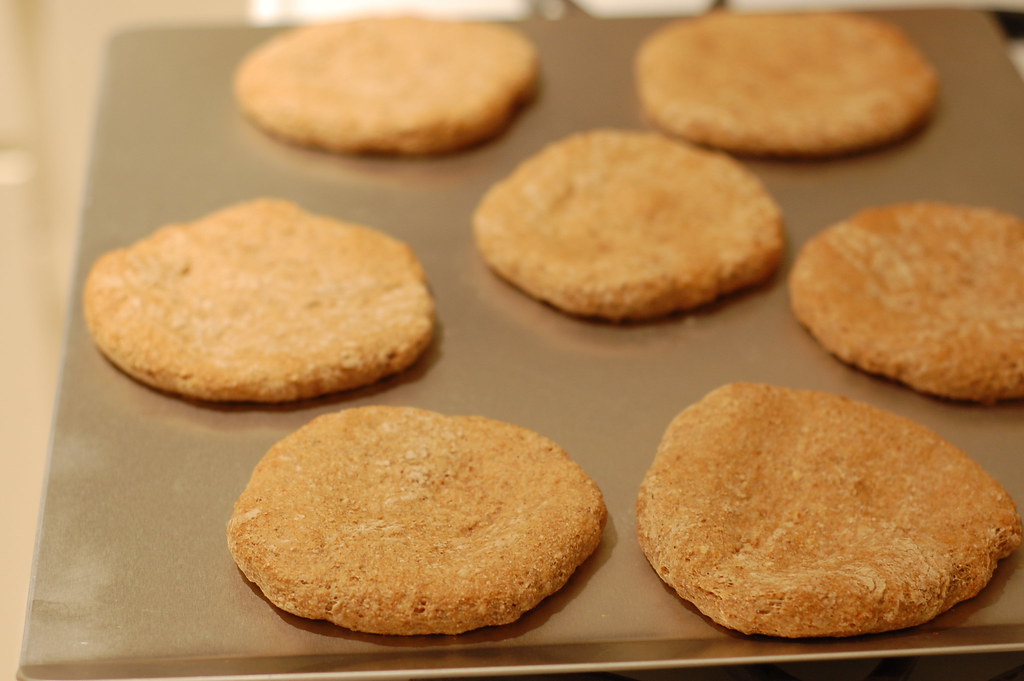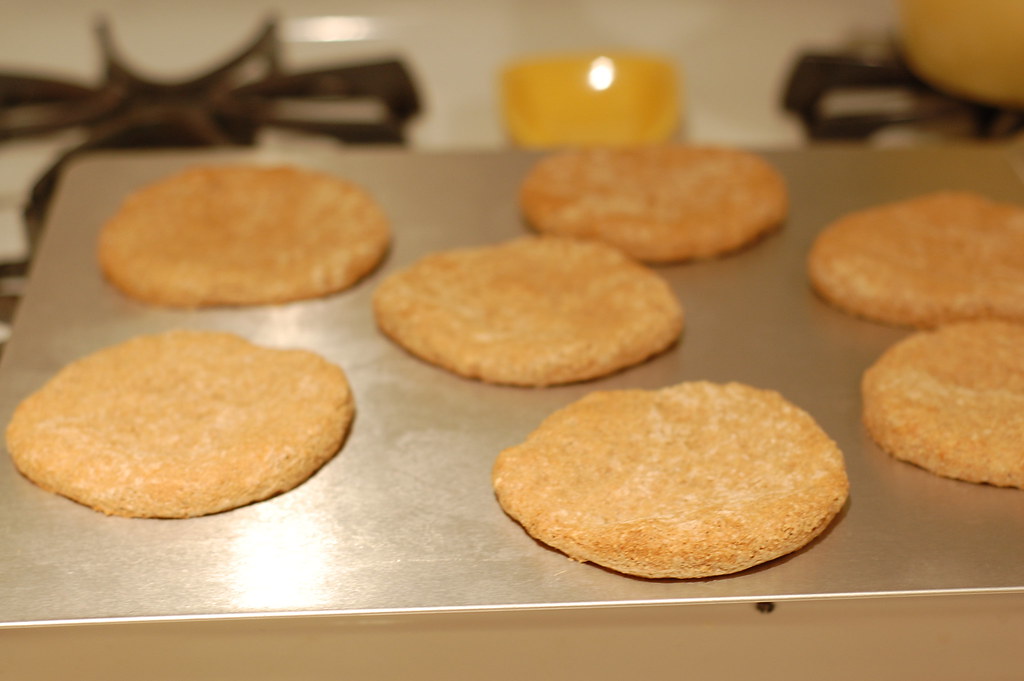 South Lebanon is known as Hizballah territory, a fact that has solidified as Lebanon becomes increasingly more divided- the European bastion of Beriut's Achrafiya neighborhood, the Sunni city of Tripoli, the Christian villages in the mountains. Such a tiny country, the size of New Jersey, and so much diversity. But say "south Lebanon" to many people, especially many people in Washington, and their thoughts immediately go to paramilitary gun-toting Shiites. It's not so simple.
South Lebanon is known as Hizballah territory, a fact that has solidified as Lebanon becomes increasingly more divided- the European bastion of Beriut's Achrafiya neighborhood, the Sunni city of Tripoli, the Christian villages in the mountains. Such a tiny country, the size of New Jersey, and so much diversity. But say "south Lebanon" to many people, especially many people in Washington, and their thoughts immediately go to paramilitary gun-toting Shiites. It's not so simple.
 When I lived in Beirut my roommate was a fellow student from New York, her family hailed from Bint Jbeil, a town in South Lebanon, and a Hizballah stronghold. Her uncles would come up and bring us flats of figs, my first introduction to the fruit, her aunts took us shopping for hijabs (headscarves) in Verdun. In late July, we were invited south, for the family's annual feast day. My friend counseled me on clothing choice- longsleeves please, but no headcovering necessary; her aunts fed us non-stop while showing us how to roll tiny grape leaves (wara 'ainab), the cousins pointed out the family's orchards among the rolling hills, some pock-marked by Israeli bombs, the uncles bought the best tiny lambs on offer from a local herdsman.
When I lived in Beirut my roommate was a fellow student from New York, her family hailed from Bint Jbeil, a town in South Lebanon, and a Hizballah stronghold. Her uncles would come up and bring us flats of figs, my first introduction to the fruit, her aunts took us shopping for hijabs (headscarves) in Verdun. In late July, we were invited south, for the family's annual feast day. My friend counseled me on clothing choice- longsleeves please, but no headcovering necessary; her aunts fed us non-stop while showing us how to roll tiny grape leaves (wara 'ainab), the cousins pointed out the family's orchards among the rolling hills, some pock-marked by Israeli bombs, the uncles bought the best tiny lambs on offer from a local herdsman.  So when I think about south Lebanon, yes, I think of Hizballah, of the bizarre memorial at Qana, of Nasrallah posters, but I also think about that beautiful afternoon and the rolling hills and those platters of delicious food. It's a bit more nuanced.
So when I think about south Lebanon, yes, I think of Hizballah, of the bizarre memorial at Qana, of Nasrallah posters, but I also think about that beautiful afternoon and the rolling hills and those platters of delicious food. It's a bit more nuanced. I've been baking a lot of bread lately, and so you'll understand why a recipe for "bread from south Lebanon" caught my eye. These are very simple whole wheat flatbreads, gently spiced with anise and sesame and mahlep (the ground pit of a sour cherry, don't worry if you don't have access to it). I've substituted cracked wheat, available in most groceries, for the jareesh, a local kind of wheat normally used. They're not pita bread, just flatbreads, but they make excellent sandwiches, especially ones spread with apple-pecan butter and muenster cheese and toasted until melting. Nuance, on a plate.
 Whole Wheat Flatbread from South Lebanon (Mishtah)
Whole Wheat Flatbread from South Lebanon (Mishtah)Don't be tempted to make the flatbreads too thin- they're better for dunking into soup or splitting for sandwiches if they're a little thicker. Adapted from Annisa Helou. Read more about mishtah here.
1/2 cup cracked wheat, soaked in warm water for 1 hour and then drained
2 teaspoons active dry yeast
1/3 cup warm water
3 cups whole wheat flour
1 teaspoon kosher or sea salt
3 tablespoons whole aniseseed
3 tablespoons sesame seeds
1/2 teaspoon ground mahlep, if available
1/8 teaspoon each cinnamon, allspice, cumin
3/4 cup warm water
2 tablespoons olive oil
1. Place yeast and 1/3 cup warm water in a large bowl and allow to proof, 5-10 minutes. Meanwhile, combine the flour with the salt and spices. Add the cracked wheat to the bowl with the yeast, then add the flour mixture, stir everything together. Slowly stir with a wooden spoon while adding the remaining 3/4 cup water and the olive oil, until it forms a dough. You may need more or less water, depending on your flour.
2. Turn the bread out onto a floured surface and knead for five-ten minutes, until smooth and elastic. Wipe out the bowl and grease with olive oil. Place dough in bowl, turning to coat with oil, cover wth plastic wrap and allow to rise for about 1 hour, until doubled in volume.
3. Turn out dough and divide into 6-8 pieces. Shape into balls, place on a baking sheet, cover with a damp towel and allow to rise for 30-45 minutes.
4. Preheat oven to 500F. Flatten each ball into a circle about 1/2 inch thick, place on a greased or lined baking sheet. Let rest 10 minutes. Bake 10-12 minutes, until lightly golden. Do not overbake or they will loose their suppleness. Serve warm.






5 comments:
I like to read your bread story :-) this remembers me when we visited my husbands family in the middle east, too...the lovely mum and auntie of my husband fed me always with delicious dishes every day...but they don´t took me out for buying some headscarves, I wear usually some turban wrap...;-)
What a great recipe - love the addition of anise to these flatbreads. Thanks!
Oh my God!! I love meshtah!I am from the south of Lebanon, but living here in the states with my American husband.I always try to explain meshtah to him but in vein.Now I can probably make it for him.thank you so much.I am very impressed.
I made this flatbread for the first time and I have a few comments. Overall, the recipe makes a very good bread. I do question the stated amount of aniseed, however: I used only 1 tbsp, and the bread still tasted strongly of anise, to the point we could not taste the sesame seeds or the other spices. I'll make it again, but will further reduce the aniseed amount; I also plan to lightly toast the sesame seeds. Finally, I substituted wheat germ for the cracked wheat. Bottom line: this recipe is a keeper, despite all of the above. Thank you for sharing it.
Hi Carlisle! Looking back, it does seem like 3 tablespoons is a lot of anise seeds for that amount of dough, but I will admit I haven't made this recipe in a while. Perhaps it's time for another test -- maybe my anise seeds were old and not as strong? Thanks for the feedback and I'm glad you enjoyed the bread overall!
Post a Comment